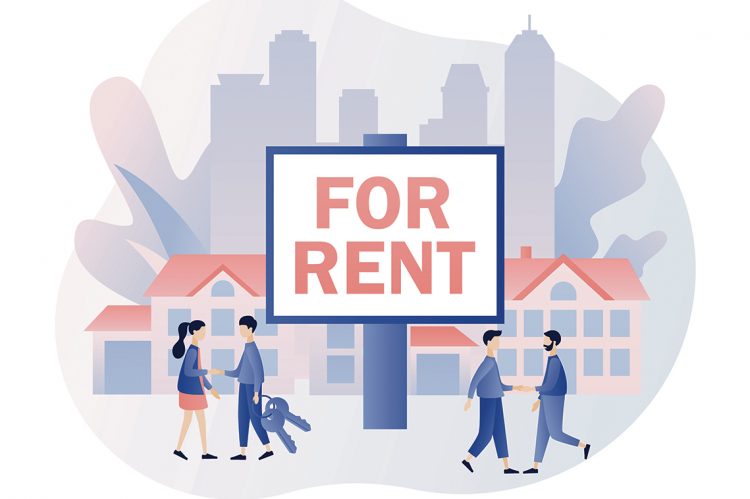Across the country, renters and housing providers alike are facing the effects of severely limited housing supply.
Rising construction costs, labor shortages, supply chain disruptions and burdensome zoning regulations are hindering the development of new, affordable units in urban, rural and suburban areas.
As a result, renters are facing higher monthly payments as a housing shortage persists.
In an attempt to slow rising rents, some policymakers have turned to rent control.
Proponents of rent control ordinances blame rising rents on the actions of corporate landlords and large property owners. While institutional investors and private equity firms are purchasing segments of housing stock in some targeted areas, it isn’t a nationwide problem and not the root cause of rising rents.
Rent control regulations more adversely impact mom-and-pop housing providers—defined as those who own four units or less. Mom-and-pop housing providers play a vital role in every community and supply two-fifths of all rental housing in the U.S.
Misguided rent control laws place arbitrary caps on how much property owners are allowed to charge for their properties on the open market, forcing some to offer units below market value while still having to stay current with their own mortgage, property taxes and general upkeep.
Right now, the United States is facing an immediate shortage of 600,000 apartments. To meet demand, 4.3 million apartments need to be built by 2035. The significant underproduction of housing has resulted in a decline of 4.7 million affordable units between 2015 – 2020, according to a report from the National Multifamily Housing Council and the National Apartment Association.
Rent control regulations, while well-intended, will make these alarming statistics worse. When states and localities place barriers and caps on the rent owners can charge, they are disincentivized from investing in property, or remove their units from the market and transform them into condominiums. Rent control forces local investors to leave their communities for neighboring markets with less strict regulations, allowing large-scale investors to establish high-end apartments, eliminating a “missing middle” that so many renters rely on.
This scenario recently played out in Saint Paul, Minnesota, where policymakers were forced to scale back an attempted rent control plan when housing developers began abandoning the city for nearby Minneapolis.
The National Association of REALTORS® (NAR) is a strong supporter of common sense solutions to alleviate rising rents, like updating zoning regulations that place barriers on the construction of multi-family developments and manufactured housing, and eliminating red tape so housing development can keep up with demand.
Policymakers should explore solutions like the low-income housing tax credit, which would encourage the development of affordable housing. NAR is also dedicated to improving the housing-choice voucher program, a federal program that provides stable housing to hundreds of thousands of tenants nationwide.
Rather than placing the undue and unfair burdens of the housing supply crisis on mom-and-pop housing providers, government entities should look toward solutions that treat both owners and renters fairly.
For more information visit https://www.nar.realtor/.












